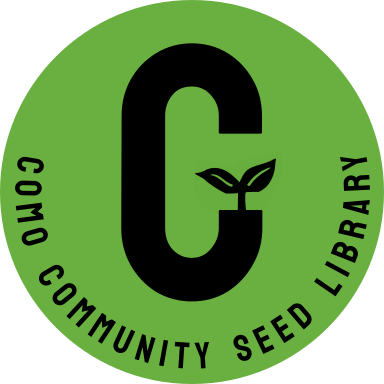Cross-Breeding Zinnia’s: Wonder and Discovery for Students and Educators Alike
It is year two of the zinnia breeding project at the Land School, a collaboration between the Zinnia Collective and Lake Country Montessori School. Our first year brought a riot of color and texture, with long rows of vibrant blooms drawing in bees, butterflies and hummingbirds. It was a summer to grow out several different zinnia species and a wide range of varieties within them. We wanted to see what we had to work with and which seeds and plants were most viable in our Wisconsin garden.
In late May of our first year, junior high students worked with farm staff to start the zinnias in the Land School greenhouse. In early June, they helped to transplant well over 100 seedlings into the garden beds for the summer. Come fall, students learned how to ‘wind-winnow’, utilizing the breeze to separate the chaff from the seed out in the field. They worked together to design, package, and label the seeds for the school’s Seed Library, and set some aside for next year’s garden.
This spring, when the last frost of the season was safely behind us, students once again helped to start the zinnias in the greenhouse, this time working with seeds saved from the year before. These saved seeds contained the diverse genetics of whatever naturally crossed between flower heads, by way of the pollinators, and could present with a wide variety of traits. Because of this, we labeled them as ‘Mixed Zinnia’.
In addition to these seeds, students and farm staff planted a zinnia variety known as ‘Green Envy’. This unique open pollinated heirloom variety grows up to 30 inches in height with semi-double pale green blooms. It provides a neutral canvas to cross breed with our Mixed Zinnia blend.
This coming September, Lake Country students will return again to the Land School. With tweezers and blossom bags in hand, we will head out to the flower gardens. With no small amount of patience, we will carefully pull the tiny florets that grow in the center of our Mixed Zinnia flowerheads, and brush them onto the Green Envy. In doing so, we will cross the genetic material from the paternal plant [Mixed Zinnia] with the maternal plant [Green Envy], fertilizing it as we go. Students will look for the tiny pollen coated ‘hairs’, known as stamen, hidden between the light green petals, and gently brush each one with the floret. Once fertilized, each one of these stamen can grow a viable seed! Afterwards, we will gently enclose the fertilized Green Envy flower in a mesh blossom bag to isolate it from pollinators. We will repeat this process over the course of the week, removing the bag and replacing it again, to ensure the entire Green Envy is fertilized by the same paternal plant.
In October, students will again wind-winnow the dried flower heads, releasing the chaff into the wind, and save the seeds to share and keep for year three. Our hope (and our hypothesis) is that these saved seeds will present with new traits that were not present in Green Envy. Whether these traits will present in color, or texture, or size, we can't yet say. But the excitement lies in the unknown! We will save seeds from the plants we prefer, therefore selecting for the traits we want to keep. Will will continue this process of selection until we have a stable population that has become its own unique variety. This generally takes about 7 years.
The learning is in the journey, and the journey is made of questions, experimentation, observations, and connections. As an educator, the joy is in the wonder I experience working alongside students as we explore the marvels of the natural world together.







